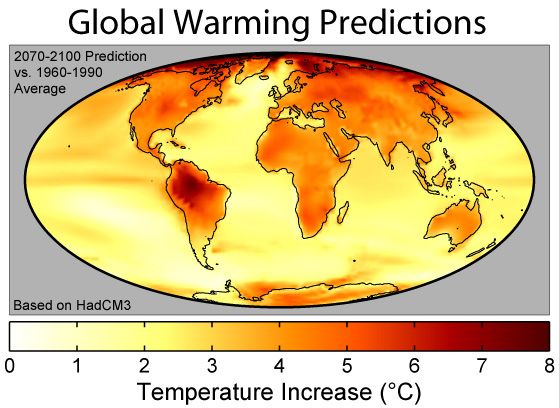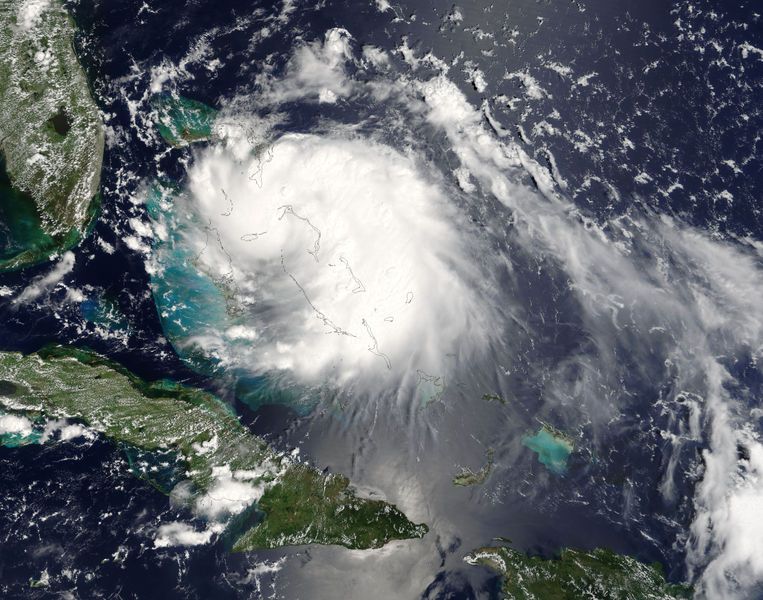Atmosphere and Weather
This subcategory covers everything you need to know about atmosphere and weather. From atmospheric and space sciences, to the tools and instruments that meteorologists would use to study and predict the weather, you’ll find the information that you’re looking for. These tools could include barometers to measure the atmospheric pressure and hygrometers that measured the moisture content of the air. ... Read more


